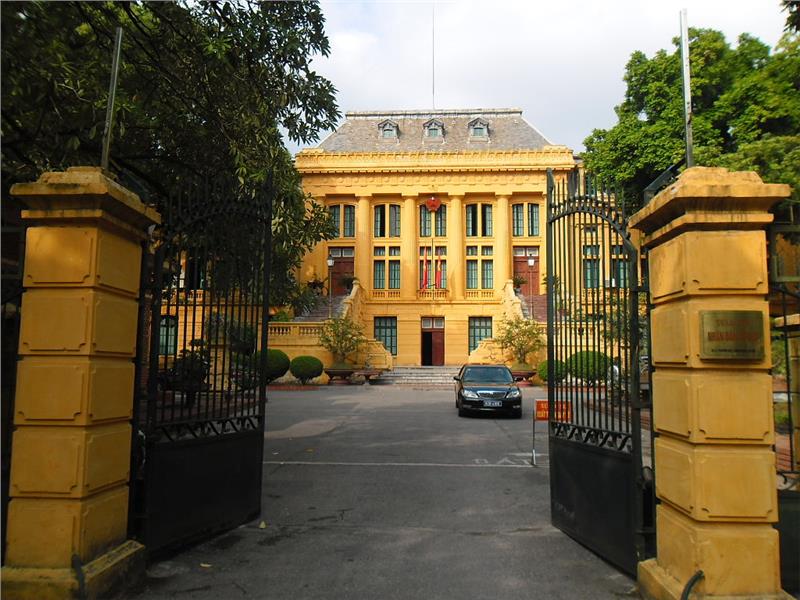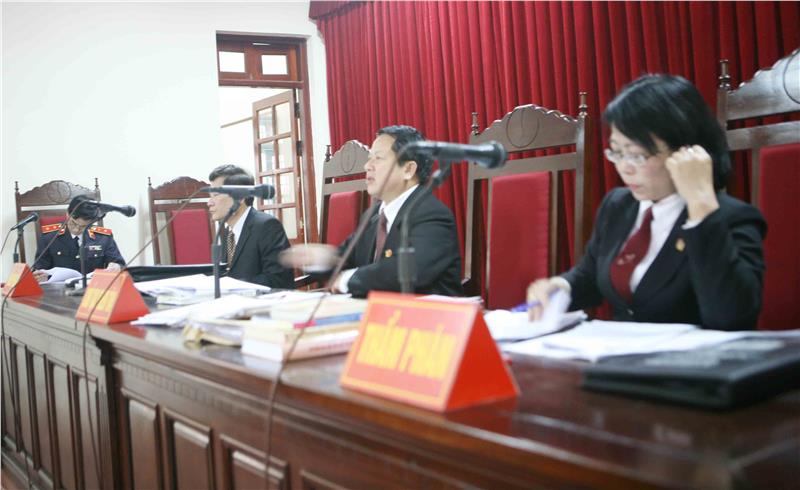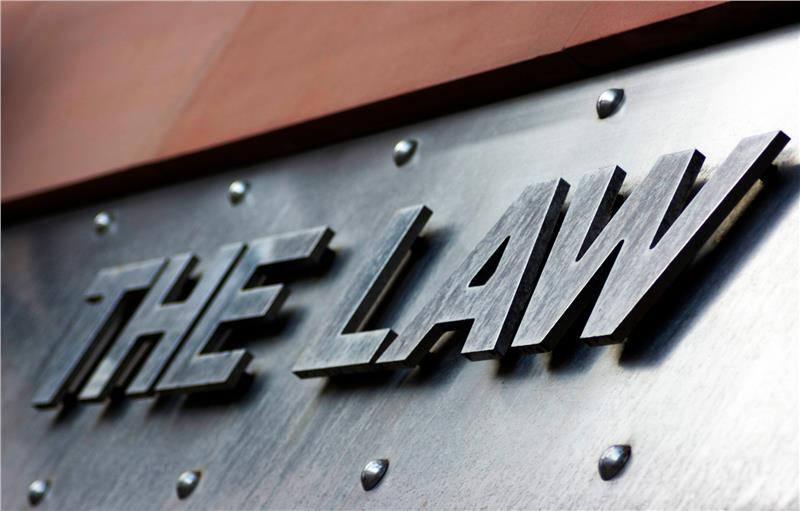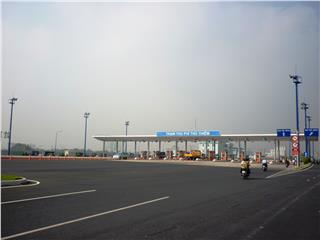Vietnam law system is formed and operated under the principle of Legislative – Executive – Judicial. National Assembly of Vietnam – Legislature has the supreme power to enact and supervise laws in Vietnam, followed by agencies of Executive and Judicial.
After the August Revolution 1945, the government of Democratic Republic of Vietnam came into being. Along with the government, a new legal system gradually formed to strengthen the government and social management. Over the time, the legal system has been improved and renewed. Vietnam law system contains all legal regulations, principles, directions, and targets of laws in tight combination and unity with each other. All regulations, principles, directions and targets are divided into legal professions and regulatory laws. They are expressed in documents issued by state agencies of Vietnam which have the authority to enact in certain forms and procedures.
The names referring to the legal system have many different perspectives. Some people are of the opinion that Vietnam law is composed of two parts: public laws and judicial. Meanwhile, others believe that distinguishing the two concepts: legal system and defined legal system is necessary, while, other perspective thinks that there is only one concept of legal system. According to this view, the Vietnam legal system has a wide range of content, including the current legal system and other sources of extant laws. Under this basis, the reality of law system is secured and brought into play. In this view, the legal system is a general concept including two aspects, namely: system of law structure and legislation system (legal source system).

Under the perspective about human right, law of Vietnam is divided into following groups:
- Laws on civil and political rights
- Laws on social, economic and cultural rights
- Laws on disadvantaged social groups such as women, children, old people, …
- Laws on judicial field which is easily violated
In other perspective, Vietnam participates in international treaties on human rights leading to the national obligations, including ensuring the compatibility of national legislation with international human rights.
The structure system of law in Vietnam includes three basic elements:
- Delegated legislation (the basic unit in structure system)
- Legal institutions (set of legislation with same features)
- Laws (set of delegated legislation with same features to adjust social relations in certain social fields. There are 12 legal subjects in Vietnam:
1. Constitutional law
2. Administrative law
3. Financial law
4. Banking law
5. Property law
6. Civil law
7. Labor law
8. Marriage and family law
9. Criminal law
10. Criminal procedure law
11. Civil procedure law
12. Economic law

The system of legal documents in Vietnamese law consists of:
- Constitution is enacted by National Assembly of Vietnam
- Laws or Codes are approved by the assembly, and signed to issue by the President. These include a number of Codes, such as the Civil Code, Criminal Code, Civil Procedure Code, Criminal Procedure Code, Labor Code, and Maritime Code.
- Bylaws include:
1. Resolution by the National Assembly
2. Ordinance Resolution by Standing Committee of National Assembly
3. Orders and Decisions by President
4. Decrees and Decisions by Government
5. Decisions by Prime Minister
6. Resolution by the Judicial Council of the Supreme People's Court
7. Circulars by Chief Justice of the Supreme People's Court
8. Circulars by Chief Procurator of the Supreme People's Court
9. Circular by Ministers, heads of ministerial-level agencies
10. Decisions by State Auditor General
11. Joint Resolution between Standing Committee of the National Assembly or between the Government and central agencies of political – society organizations
12. Joint Circular between the Chief Justice of the Supreme People's Court and the Chief Procurator of the Supreme People's Court; between ministers, heads of ministerial-level agencies and Chief Justice of the Supreme People's Court, Chief Procurator of the Supreme People's Court; between ministers and heads of ministerial-level agencies
13. Legal documents of People's Council and People's Committee
14. Resolution by People's Council
15. Directives and Decisions by People's Committee





